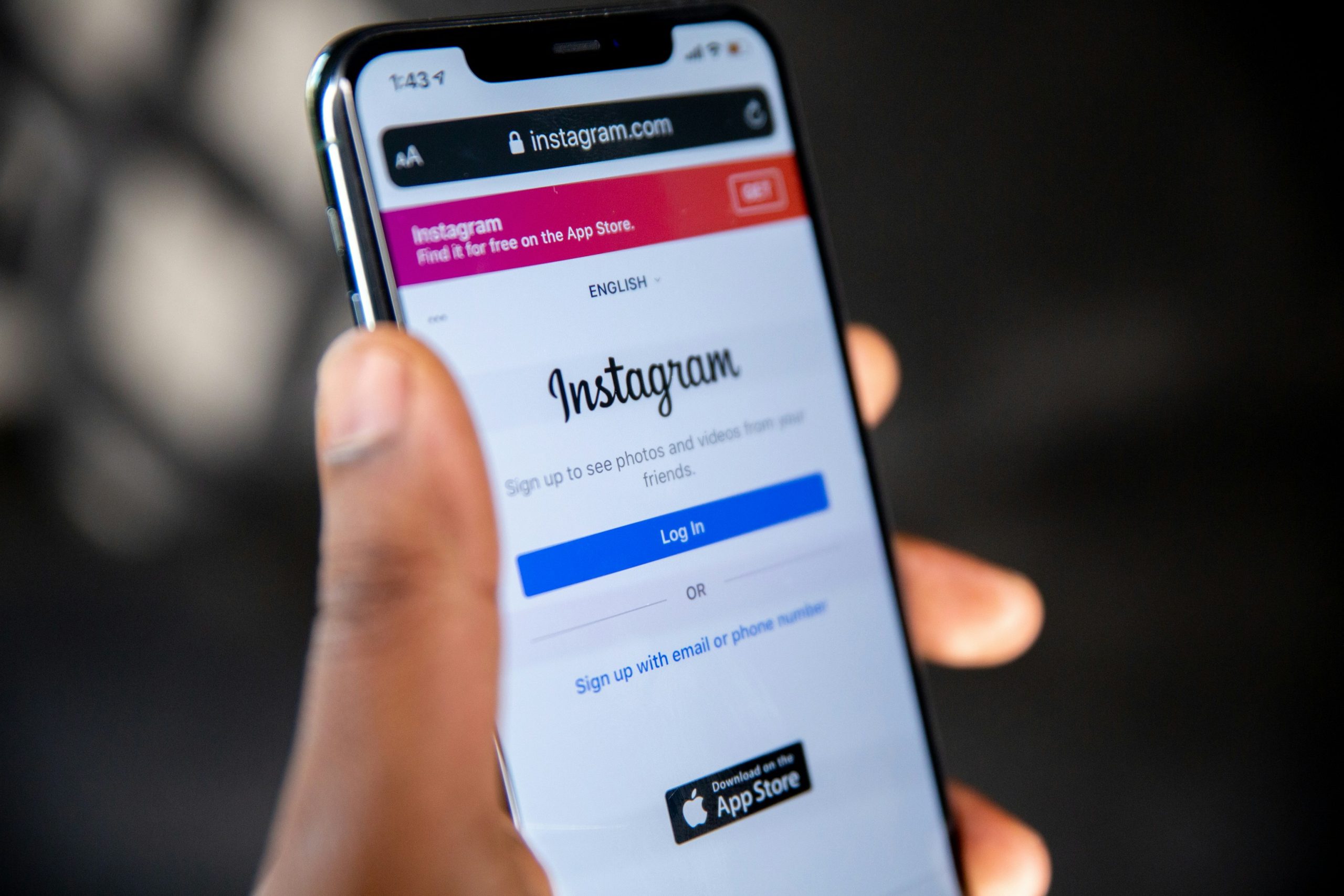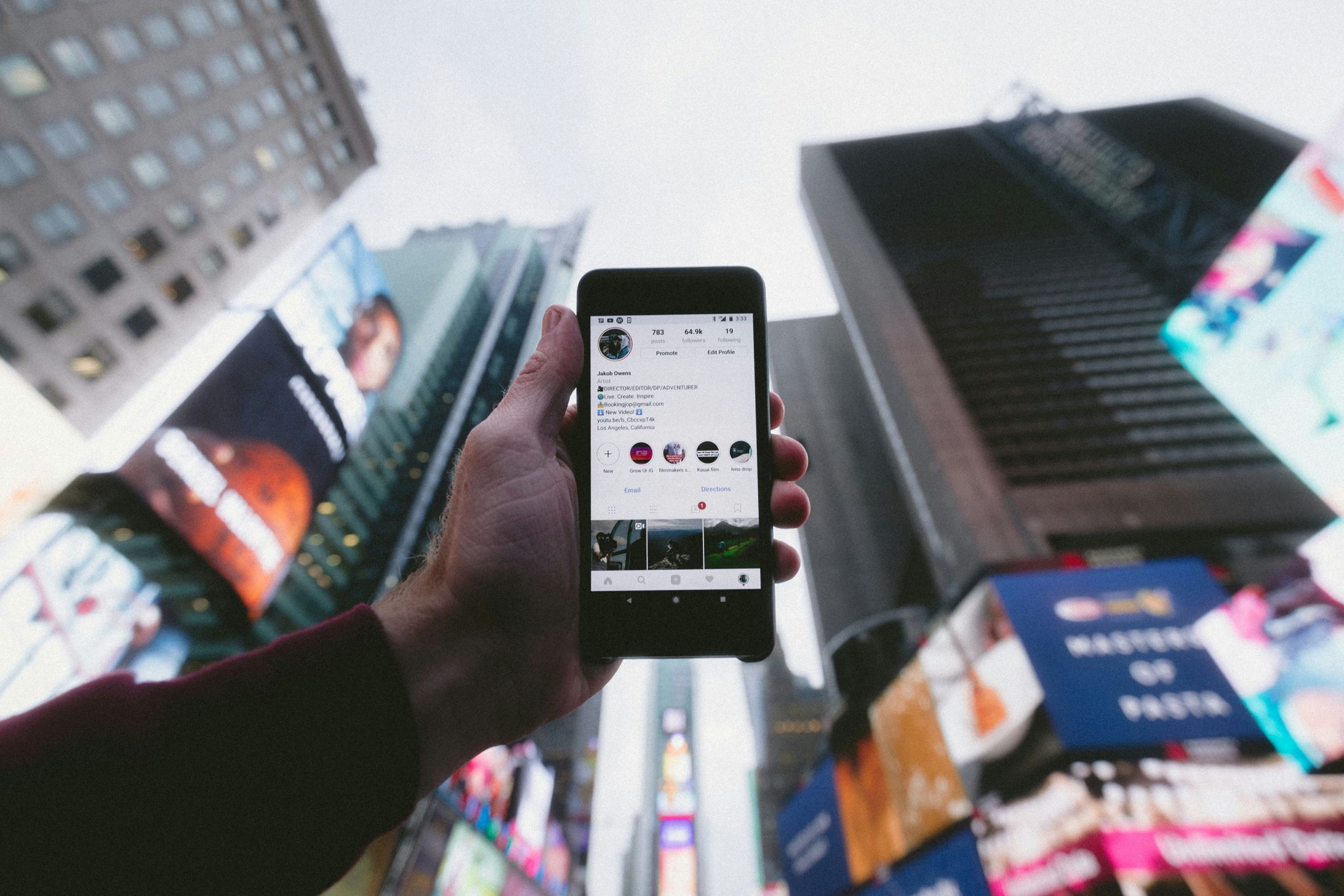
In a world where social media has become the digital heartbeat of our lives, the act of sharing moments on platforms like Instagram often feels like a public performance. Each post, story, or reel not only tells a tale but also invites an audience to engage, react, and sometimes even scrutinize. But what if you could slip your latest creation into the feed without sending out a signal flare? The idea may sound tantalizingly elusive—like trying to sneak in quietly at a concert—but it raises an intriguing question: Can we upload on Instagram without notifying people?
Imagine capturing that perfect sunset or candid moment with friends and being able to share it with your followers at your own pace—without the immediate pressure of likes and comments flooding in. Whether you’re aiming for privacy, taking a breather from social validation, or simply wishing to control when your memories unfold before others’ eyes, this concept opens up new avenues for self-expression. Join us as we delve into the mechanics behind Instagram notifications and explore whether it’s possible to curate your online presence while keeping some secrets close to home.
Understanding Instagram’s Notification System
To truly grasp how to navigate Instagram’s notification system, one must first understand the intricate web of interactions it enables. Each like, comment, or new follower triggers a flurry of notifications that keeps users engaged and informed about their social circle’s activities. However, this constant barrage can occasionally feel overwhelming. With over 500 million daily active users and countless posts shared every minute, it’s essential to recognize how the platform prioritizes notifications based on user behavior and engagement signals. This features algorithmic adjustments intended to highlight content deemed most relevant personally.
Moreover, without proper finesse in handling your own posting habits, you might inadvertently alert followers when all you desire is a moment of introspective sharing. For instance, if you’re exploring avenues for more personal or candid expressions through your feed or Stories—knowing how to manage visibility can be crucial. By delving into settings that let you control who sees what and when—or utilizing features like Close Friends for Stories—you can subtly cultivate an online presence while curating the noise around your updates. This strategic approach allows you not just to share authentically but also ensures a refreshing experience for both yourself and those who follow your journey on Instagram.

Types of Notifications for Posts and Stories
When navigating the vibrant world of Instagram, understanding the different types of notifications for posts and stories can significantly enhance your strategy for engaging with followers. Notifications serve as direct lines of communication between creators and their audience. For instance, when you post an image or video on your feed, your followers receive a notification if they have turned on alerts for your activity or if they engage with similar content frequently. This immediacy not only boosts visibility but also nurtures a sense of connection among users, potentially inviting more interaction through likes and comments.
On the flip side, Instagram Stories create a whole new dynamic in notifications. While the ephemeral nature of Stories means they vanish after 24 hours, their impact is immediate—almost like sending a quick text to friends. Users are notified whenever someone they follow shares a new Story; this prompts curiosity and encourages spontaneous engagement. Moreover, interactive features like polls and questions embedded in Stories can lead to real-time conversations that feel personal and direct. Understanding these layers allows users to craft intentional posts that resonate with their audience while also exploring ways to share content without broadcasting it broadly—keeping certain uploads as delightful surprises rather than standard announcements.
Privacy Settings: Managing Your Audience
When it comes to managing your audience on Instagram, privacy settings are your best ally. By fine-tuning who can see your content, you regain control over your online narrative. For example, switching from a public to a private profile means only those you approve will have access to your posts—offering a sense of exclusivity that many crave in an increasingly open digital landscape. Furthermore, leveraging the Close Friends feature allows you to share moments with select individuals without broadcasting them to your entire follower list.
Yet, it’s not just about limiting access; it’s also about curating experiences. Think strategically about how different groups perceive your content. If you’re sharing a personal milestone with close friends while maintaining an aesthetic or professional feed for broader audiences, these settings empower you to craft tailored narratives. Regularly reviewing and adjusting these privacy functionalities ensures that as your needs change—be it evolving friendships or shifting professional landscapes—you remain in command of who gets to engage with different facets of your life on social media.
![]()
Using Close Friends for Selective Sharing
Using the Close Friends feature on Instagram offers a unique spin on the concept of selective sharing, transforming your profile from a public gallery into an intimate canvas for only your nearest and dearest. This function allows you to curate content specifically for a chosen group, empowering you to communicate more authentically with those who truly resonate with your experiences. When you share stories with Close Friends, you’re not bound by the expectation of likes or comments from casual followers; instead, you create a safe space where vulnerability thrives.
Moreover, this strategy can foster deeper connections in an era dominated by superficial interactions. By selectively sharing personal milestones or moments that matter most to you—be it a cherished memory, a travel adventure, or even everyday triumphs—you invite constructive dialogue that transcends mere visibility. Your Close Friends list becomes not just a tool for avoiding notifications but also an opportunity to engage meaningfully, enriching relationships in ways that general posts simply cannot achieve. Embracing this facet of Instagram can reinvigorate how we perceive social media—as not merely broadcasting our lives but as nurturing valuable connections in today’s digital landscape.
The Impact of Public vs. Private Accounts
The choice between public and private accounts on Instagram transcends mere privacy settings; it shapes the very essence of social interaction online. With a public account, users embrace visibility and connectivity, opening doors to broader engagement with diverse communities. This exposure can lead to increased opportunities for collaboration, networking, and even business growth. However, it invites scrutiny that requires individuals to curate their personas meticulously, balancing authenticity against the pressures of digital perfection.
On the flip side, private accounts offer a sanctuary—a curated space where only selected followers can engage with personal content. This sense of exclusivity fosters deeper connections but may also limit outreach potential. Users might miss out on organic growth or the chance to inspire others beyond their immediate circle. Ultimately, whether one opts for openness or containment hinges on individual goals: are you seeking connection or intimacy? The impact of your choice reverberates through each post and interaction, subtly reshaping how we communicate in an ever-evolving digital landscape.

Third-Party Apps: Are They Reliable?
As users become more adept at navigating the intricacies of social media privacy, third-party apps have emerged as a popular means to gain greater control over how their content is shared. However, the reliability of these apps often hinges on their development background and user reviews. Some applications claim to enhance your Instagram experience—like scheduling posts without notifications—even as they skirt around official platform guidelines. This creates a questionable environment where functionality may come at the expense of security.
Moreover, it’s crucial to recognize that while some third-party tools can indeed streamline your posting process, others may not only fail to deliver on promises, but could also compromise account safety or even lead to bans due to violating Instagram’s terms of service. The challenge lies in discerning which tools are built by reputable developers with solid track records versus those that take shortcuts for quick gains. Engaging with community feedback and conducting thorough research can unveil hidden insights about an app’s reliability before you decide to integrate it into your social media strategy.
Conclusion: Navigating Instagram’s Notification Landscape
Navigating Instagram’s notification landscape requires a nuanced understanding of the platform’s mechanics and user psychology. While direct uploads may trigger alerts for followers, many users underestimate the subtleties of content engagement. For instance, interactions such as likes and comments on shared posts create ripple effects that reverberate through follower networks. This means that while one might think they can quietly share a moment, the social web often pulls attention back to it in unexpected ways.
Moreover, consider the evolving user expectations surrounding engagement. In an era where curated lives are commonplace, unnoticed posts can be perceived not just as oversights but also as missed opportunities for connection. Users often seek validation through interaction; hence, uploading without any alert could inadvertently dull their social experience. By understanding this delicate balance between sharing and notification management, users can strategically approach their content with both intention and insight—cultivating an authentic digital presence while navigating the complexities of instant visibility within their network.






